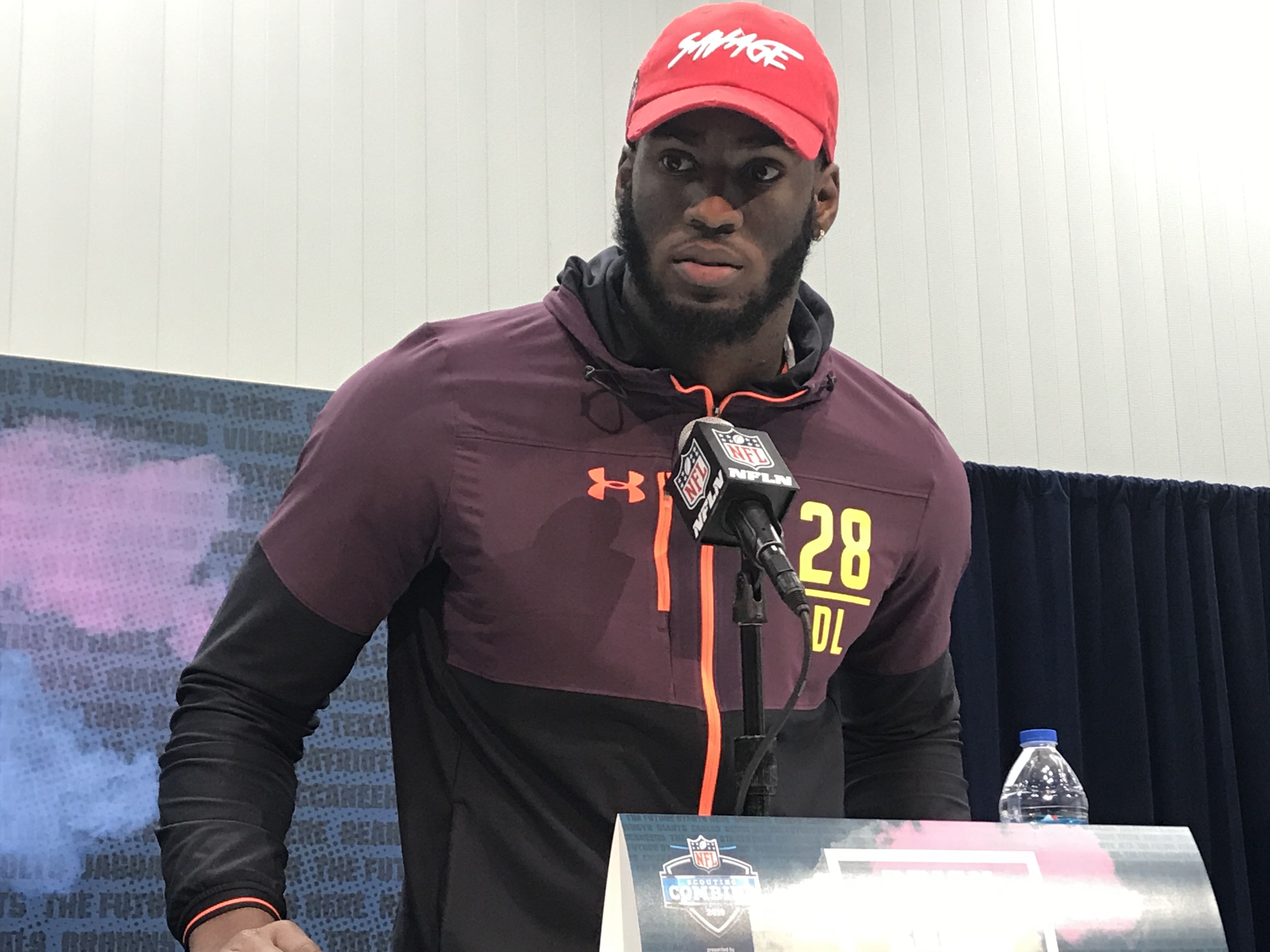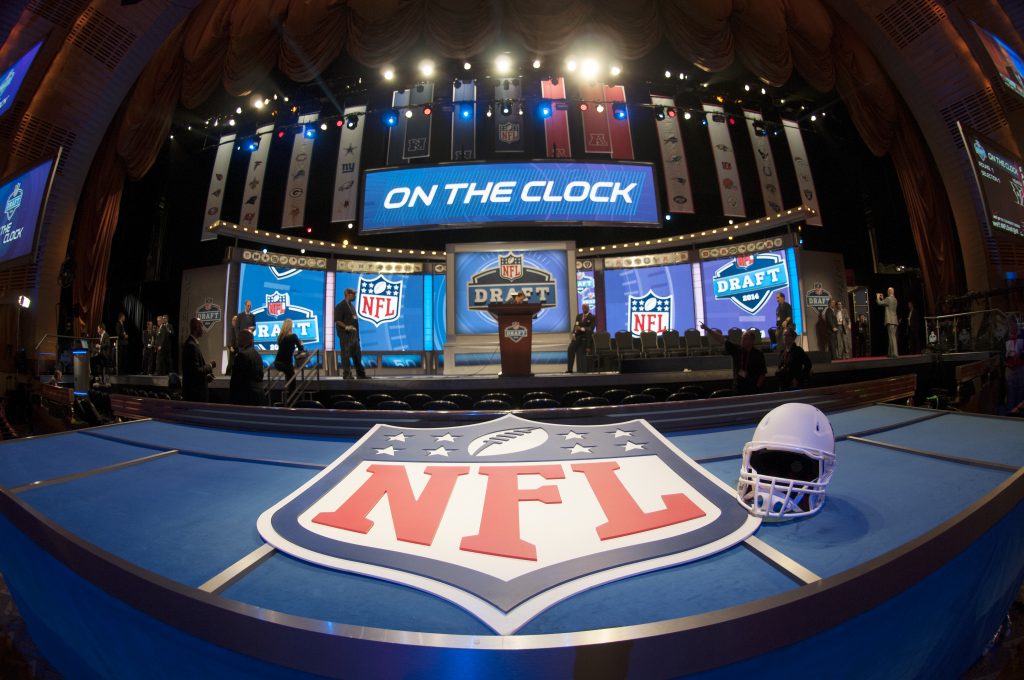So What Needs To Change?
Well, the short answer is a lot.
While there are teams that are significantly better than others, the general theme for this data is that the NFL as a whole is still not very good at hitting on draft picks, even first rounders. While I could hypothesize about exactly why each draft pick fails, there are some general trends in this data that I try and incorporate into my analysis when I’m evaluating prospects.
As you can see, there are far fewer excellent players than very good players, and far fewer very-good players than good players.

Based on the data given above, the number of players who reach the standard of being good NFL players – from the first round anyway – is in the order of 5-15 depending on the draft class, and while it should be expected that this number will be higher due to players reaching this value being selected later in the draft, the number of good prospects is probably only on the order of 15-30 in any given draft class, with even fewer than that hitting the heights of being franchise cornerstones.

I look to incorporate these numbers into my evaluations – I tend to value potential value less than some other evaluators.
This isn’t a direct takeaway from the data given above, but rather an extrapolation that if far fewer players than expected reach the level of being competent NFL players, prospects who are already at that level are more valuable than those who are not but who might have higher ceilings. This doesn’t mean that I don’t take potential value into account when evaluating players, or that players who have this aren’t worth selecting high in the draft, but that if all a player offers is potential, the data suggests that the frequency that potential gets realized is far lower than teams seem to believe.
In other words, teams seem to think they are far better at developing players than the data suggests they are.
I have already recently discussed the details of how I go about evaluating prospects – while, in general, watching tape is watching tape, even if you look for slightly different things, when it comes to transferring qualitative opinions into even semi-quantitative grades, it is important that these grades are based on realistic outcome probabilities. There is still an awful lot of work to be done in terms of trying to quantify the development probabilities for different positions, college background and skill set deficiencies; this is likely to be something that teams continue to look to their analytics departments to try and build upon – at even the most basic level of inspection, it is clear that successfully evaluating draft prospects is something that is really very difficult.
This is a problem without any easy answers, but while scouting still has to continue to be driven by qualitative player analysis, using data to guide that analysis is something that all teams and independent evaluators should be looking to do. It’s not yet clear how the Panthers’ ever-expanding analytics department is going to be used, but delving deeper into areas such as those covered here would be a pretty good starting point.



